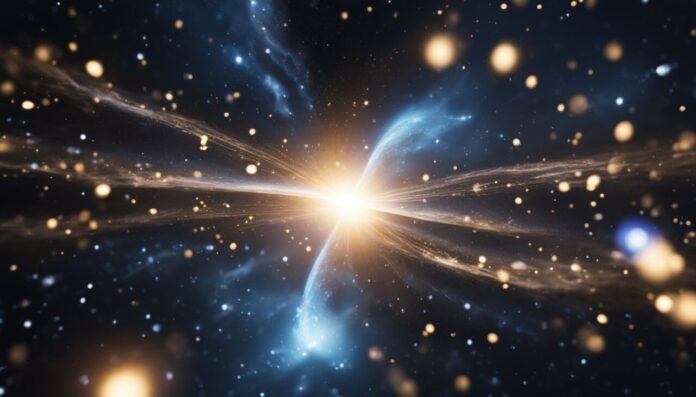
When I first heard about dark matter and antimatter, I thought they were just fancy terms scientists made up to sound smart. But the more I dug into it, the more I realized these mysterious substances could hold the key to understanding our universe.
So, an obvious question arises: since these seem to be two opposing forces, what would happen if they collided?
Let’s explore.
First we need to understand ( in simplistic terms), what are those dark and anti-matters.
Understanding Dark Matter and Antimatter
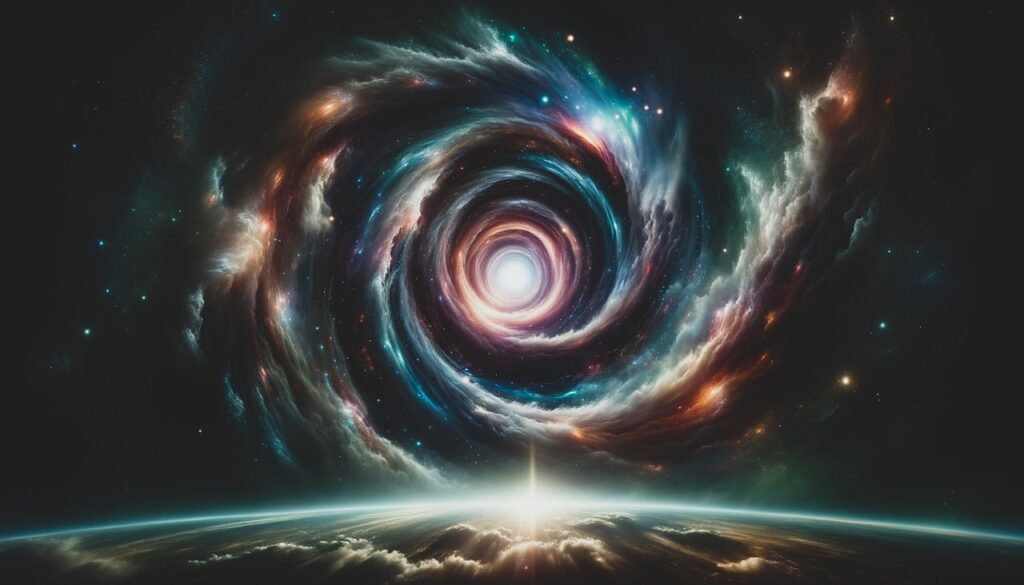
Dark matter is like that quiet kid in class who never speaks but somehow influences everything. We can’t see it or touch it, but scientists believe it makes up about 85% of all matter in the universe. It’s basically the invisible glue holding galaxies together.
Antimatter, on the other hand, is somehow opposite. It’s got all the same properties as regular matter, but with opposite charges. Each particle of normal matter has an antimatter counterpart—protons have antiprotons, electrons have positrons, and so on.
When matter and antimatter meet, they crush each other in a burst of energy that would make the Fourth of July look like a wet firecracker.
Okay, so now that we know the basics, let’s see what could potentially happen if they collided.
Interesting fact: A single gram of antimatter colliding with matter could release as much energy as a small nuclear bomb.
Colliding Forces: What Could Happen?
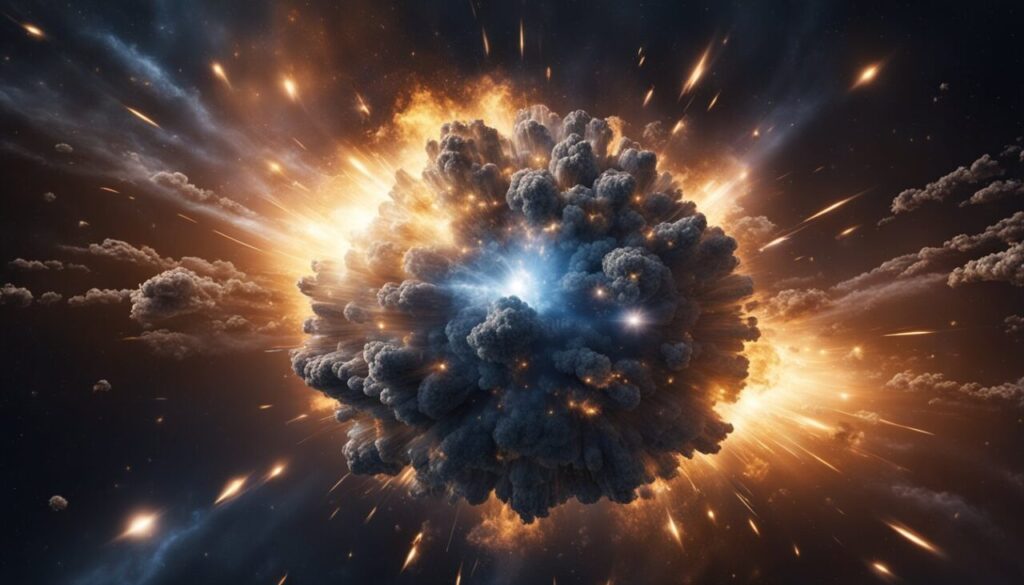
Well, this is certinaly the million-dollar question. Dark matter doesn’t interact with normal matter in typical ways; it doesn’t collide or stick together.
Unlike antimatter, it doesn’t explode when it meets regular atoms. So, would it interact with antimatter? Or would they just pass through each other like ghosts?
One possibility is that dark matter, if it’s made of WIMPs (weakly interacting massive particles), would ignore antimatter completely.
WIMPs, as the name suggests, don’t interact with much, possibly including antimatter. But some scientists suggest that dark matter might have its own “dark antimatter,” which could cause strange energy releases or high-energy explosions if it ever met regular antimatter.
Interesting fact: NASA uses particle colliders to study antimatter, but dark matter’s intangibility makes it impossible (for now) to trap in a lab.
Sci-Fi Territory: Unusual Scenarios
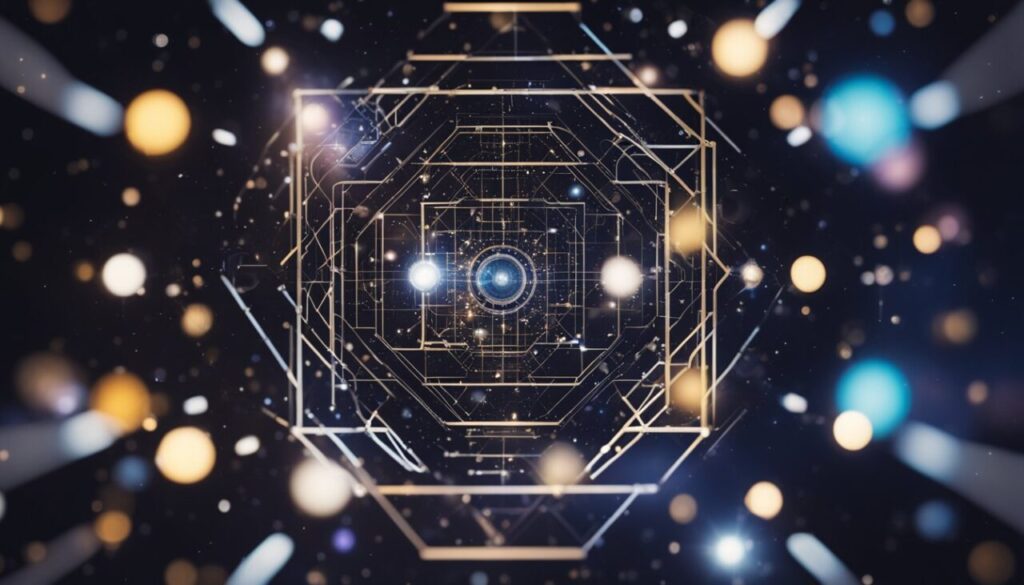
Let’s get a bit creative. Suppose dark matter and antimatter could interact. Here are some wild possibilities.
Scenario 1: A Gateway to New Dimensions

Imagine that when dark matter meets antimatter, they unlock a portal into another dimension. This isn’t entirely far-fetched, as physicists have hypothesized about hidden dimensions for years.
If such a collision triggered access to another realm, who knows what might spill out—perhaps exotic particles, new energy sources, or entirely alien physics.
Interesting fact: Theoretical physicists at CERN are exploring the possibility of hidden dimensions by studying particle collisions in the Large Hadron Collider.
Scenario 2: A Silent Annihilation
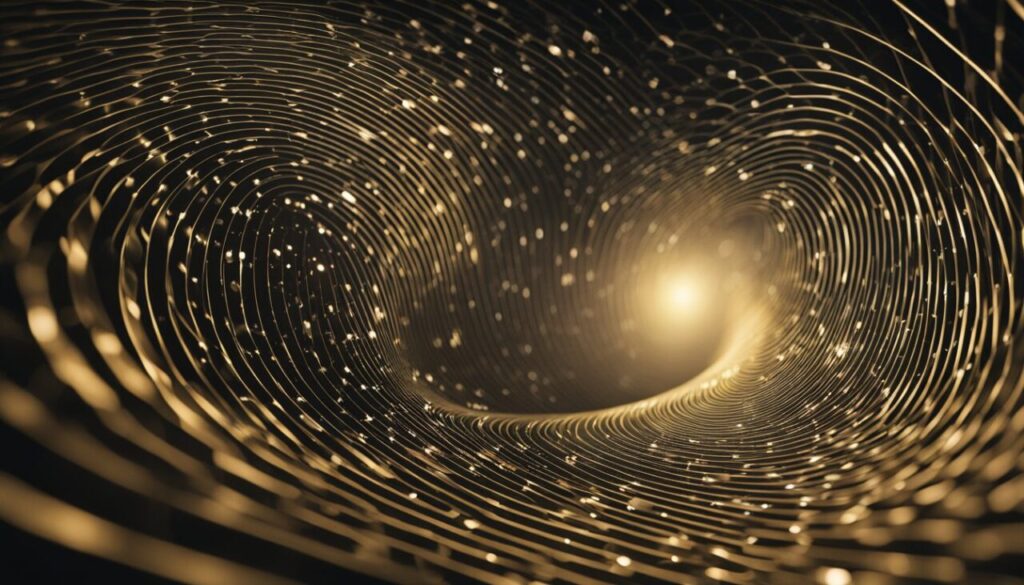
Suppose dark matter and antimatter collided but produced no light or heat—just invisible gravitational waves rippling through space.
This “silent annihilation” might be undetectable by most of our instruments, but gravitational wave detectors could pick up faint signals from these hidden events.
Interesting fact: Gravitational waves were detected (observed) for the first time in 2015, and they stretch and compress space itself rather than releasing visible energy.
Scenario 3: A Cosmic Engine
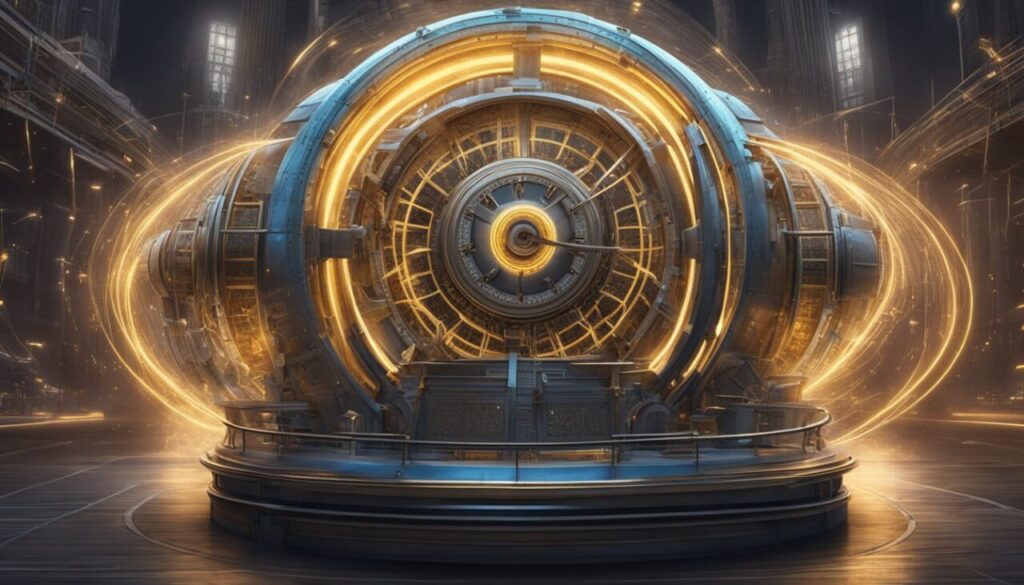
Now imagine dark matter and antimatter collisions occurring naturally in space, powering stars or galaxies with secret energy.
Each collision could fuel stable fusion reactions, creating endless power without radiation. Such a reaction, if controlled, could revolutionize space travel, fueling ships across galaxies.
Interesting fact: Scientists believe some “dark stars” in the early universe might have been powered by dark matter instead of nuclear reactions.
Theoretical Difficulties: Why It Might Not Happen
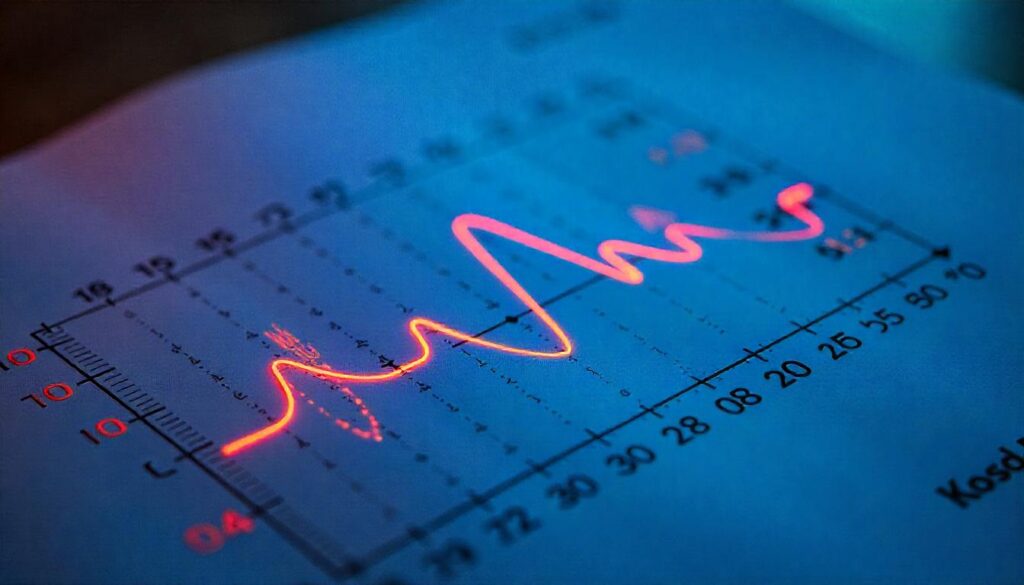
One reason dark matter and antimatter might not interact at all is that they exist in different realms. Dark matter doesn’t respond to electromagnetic forces, so it can’t form atoms or molecules like regular matter.
If it doesn’t respond to forces in the way antimatter does, they could just pass through each other without connecting.
Namely, physicists sometimes describe dark matter as “collisionless” because it doesn’t clump or interact in predictable ways. If this holds true, it could be immune to even antimatter’s destructive force.
Interesting fact: Dark matter particles are estimated to travel at speeds of around 200 kilometers per second, which would let them cross Earth’s diameter in about one minute.
Could We Ever Test This?
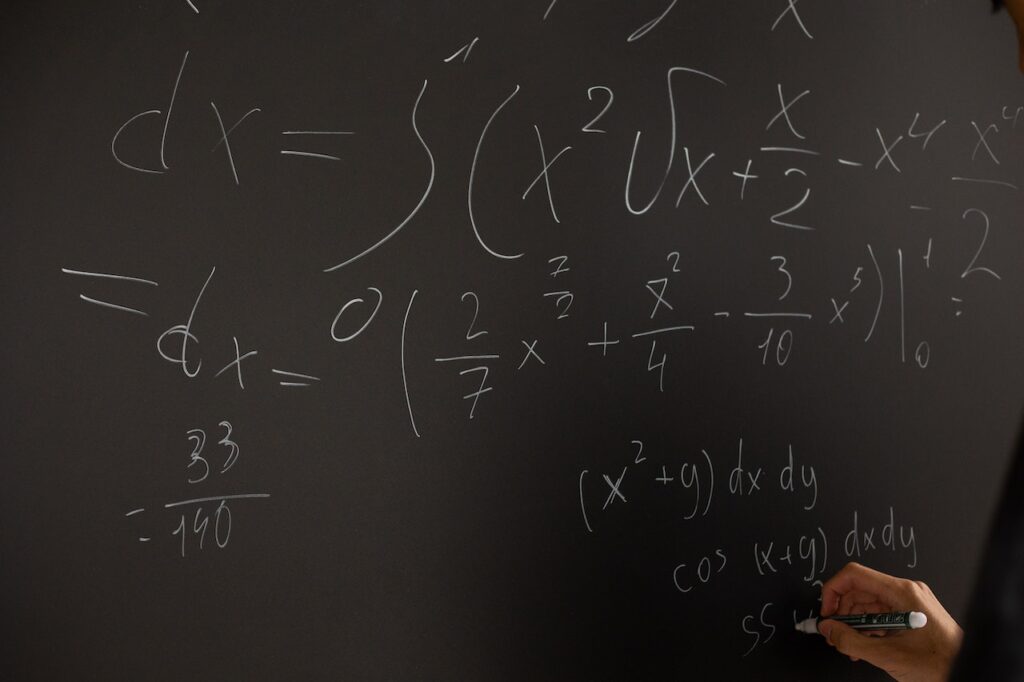
Testing a dark matter-antimatter collision would be difficult but not impossible. For example, imagine a future experiment where antimatter particles are sent into a dark matter-dense region of space.
If we could monitor for energy emissions or strange signals, we might get a hint about whether they interact.
But this kind of experiment requires advanced technology and a substantial antimatter supply, both challenges that humanity is yet to be overcome.
Interesting fact: CERN produces antimatter in tiny amounts, but it only stays stable for fractions of a second before annihilating.
Dark Matter and Antimatter as Weapons?
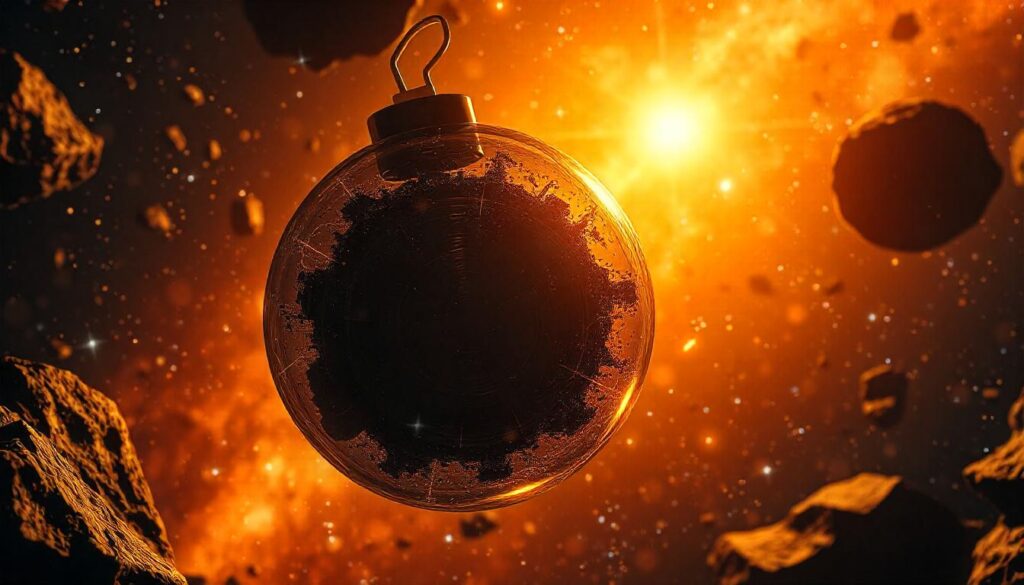
If dark matter and antimatter could react, they could potentialy form the ultimate weapon.
Imagine a device that separates them until the moment of use, unleashing an invisible wave of energy on the target. Such a weapon, however, might be so volatile that it would pose a greater risk to its creators than to their enemies.
Dark Matter, Antimatter, and the Universe’s End
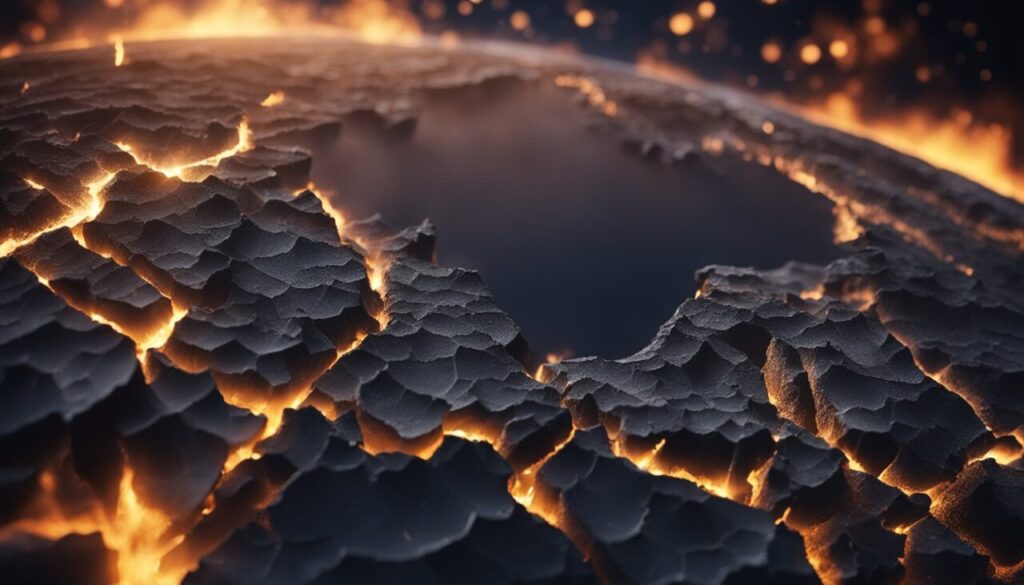
One theory is that dark matter might gradually transform into dark antimatter over billions of years. If the universe’s dark matter all became dark antimatter, it could eventually meet enough regular matter to destabilize the cosmic structure, leading to a universe-ending event.
This scenario could cause a “Big Rip,” tearing apart galaxies, atoms, and space itself.
We’ve written a lot about those scenarios in following article:
- When Will The World End? The Ultimate Guide!
- What Will Happen In 1000000000000000000000000000000 Years?
Could Dark Matter and Antimatter Create New Particles?
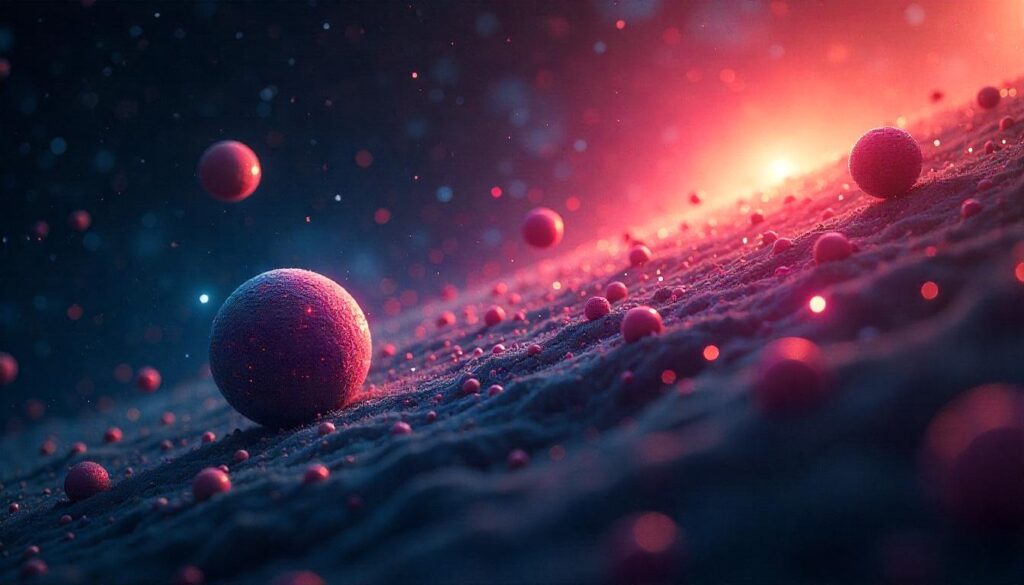
An interesting possibility is that dark matter and antimatter, if they interact, could create particles we haven’t observed.
When matter and antimatter collide, they release energy as photons, but if dark matter is involved, it might generate entirely different particles, ones belonging to a “dark sector.”
Dark sector particles might not interact with normal matter but could influence space in subtle ways.
These particles might add to the hidden structure of the universe, affecting gravity or forming fields around galaxies.
Interesting fact: The “dark sector” concept in physics explores particles beyond the Standard Model that could explain dark matter and dark energy.
Could We Harness Dark Matter and Antimatter Collisions as an Energy Source
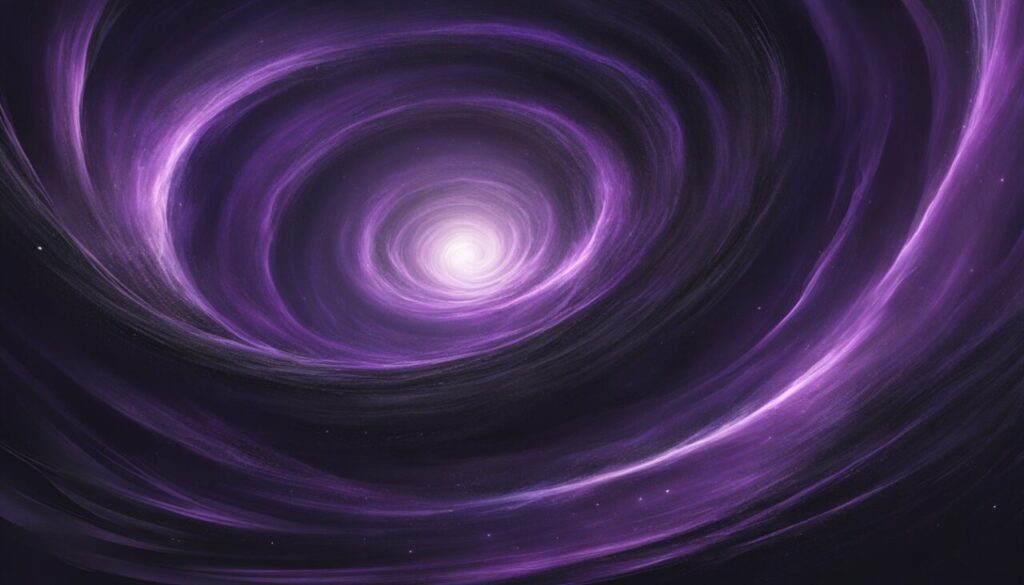
Imagine a future where humans could harness energy from dark matter-antimatter reactions. If these materials could be controlled, the resulting energy might revolutionize power sources, providing endless fuel for spaceships or cities.
However, any reactor using dark matter and antimatter would come with great risk. The reaction would be so volatile that any malfunction could be catastrophic, unleashing vast, uncontrollable energy.
If we could make it stable, though, it could certainly transform human civilization.
And So…

In reality, the chances of dark matter and antimatter colliding on a large scale are about as likely as finding a unicorn in your backyard.
The meeting of dark matter and antimatter will most likely remain hypothetical for a long time. These forces exist in realms beyond our standard methods of investigation.
While dark matter’s gravitational effects are observed, and antimatter is studied in laboratories, combining them experimentally remains a dream.
But just because we haven’t seen them interact doesn’t mean they don’t—somewhere, in the massive expanse of space, dark matter and antimatter might meet.
New discoveries in physics certainly keep bringing us closer to understanding the hidden parts of our universe. Each revelation opens doors to more questions.
And most likely one day we will know everything.
That is – if we do not destroy ourselves and the planet first.



























